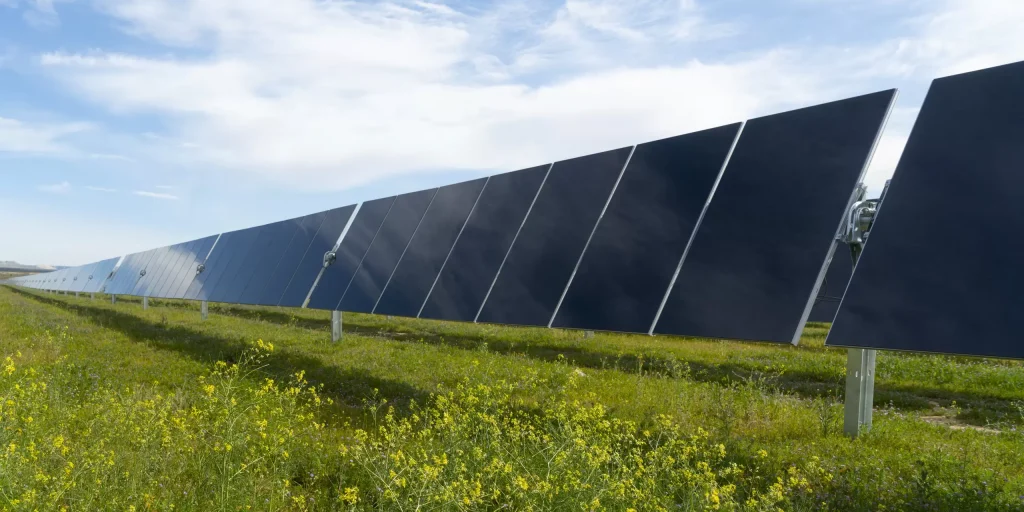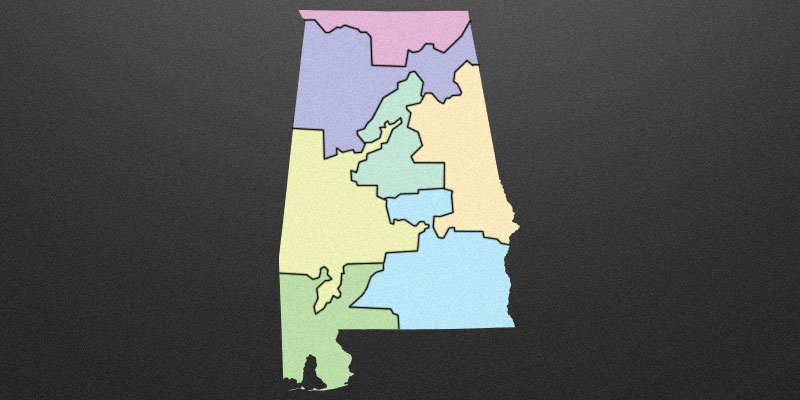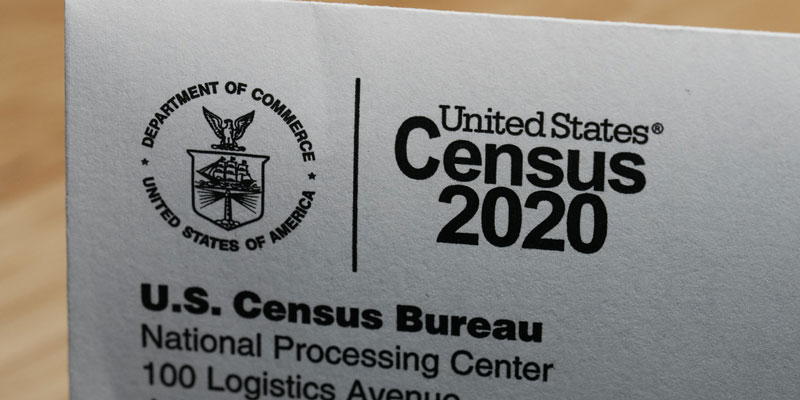The median age of the U.S. population hit an all-time high of 38.0 in 2017, according to data released by the Census Bureau on Thursday.
The number of people in the United States who were 100 years old or older also hit a record in 2017, according to the Census Bureau data, climbing to 86,248.
The Census Bureau each year publishes estimates of the median age and year-by-year ages of the U.S. population as of July 1 of the previous year.
“The nation as a whole experienced a median age increase from 37.2 years to 38.0 years during the period from 2010 to 2017,” the Census Bureau said in a press release.
In each of the last five years on record, the median age in the United States ticked up by one-tenth of a year in each year. As of July 1, 2012, it was 37.5. In 2013, it was 37.6. In 2014, it was 37.7. In 2015, it was 37.8. In 2016, it was 37.9. Then, in 2017, it was 38.0.
However, historically, the median age has not invariably risen from year to year in the United States.
In the period from 1950 to 1970, the median age dropped from 30.2 to 28.1, according to the Census Bureau.
In the first half of the 20th Century, however, the median age had been on the rise. In 1900, it was 22.9. By 1940, it had risen to 29.
The number of people 100 years or older in the United States has risen significantly in the last eight years, according to the estimates published by the Census. As of July 1, 2010, it was 54,413. By 2015, it had risen to 76,941. Then, in 2017, it hit 86,248.
The 86,248 people in the United States as of July 1, 2017, who were 100 years old or older were not evenly divided by sex, according to the Census Bureau. Of the 86,248 centenarians, 68,354 were women and only 17,894 were men.
Similarly, the median age for women in the United States in 2017 was 39.4. For men, it was 36.8.
In 2002, the Census Bureau published a report on “Demographic Trends in the 20th Century” in the United States.
“At the beginning of the century, half of the U.S. population was less than 22.9 years old,” said the report. “At the century’s end, half of the population was more than 35.3 years old, the country’s highest median age ever.”
The report noted that the aging of the Baby Boom generation would continue to impact both the “age and sex structure of the United States” for several decades into this century.
“In 1900, the U.S. population had an age and sex composition similar to many of today’s developing countries,” said the report. “That is, the country was characterized by its ‘youngness.’ The median age (half of the population younger and half older) was about 23 years. Although the U.S. population aged during the century, with a median age of about 35 years in 2000, the extended length of the baby-boom period (1946 to 1964), plus the continued infusion of migrants kept the country’s age structure younger than that of most developed countries of the world.
“Although the population in each 5-year age group increased numerically, younger age groups fell as a proportion of the total population, while the proportion in older age groups rose,” said the Census report.
“Apart from these general trends, changes in age and sex structure varied from one decade to the next,” said the report. “Past U.S. fertility trends exerted the strongest influence on age composition. Low fertility from the late 1920s through the early 1940s, the post-World War II baby boom, and a subsequent return to low fertility altered the composition of the U.S. population by age. The effect of the baby boom on the age and sex structure of the United States will extend several decades into the 21st century as the baby boomers age through the life cycle.”
(Courtesy of CNSNews.com)













